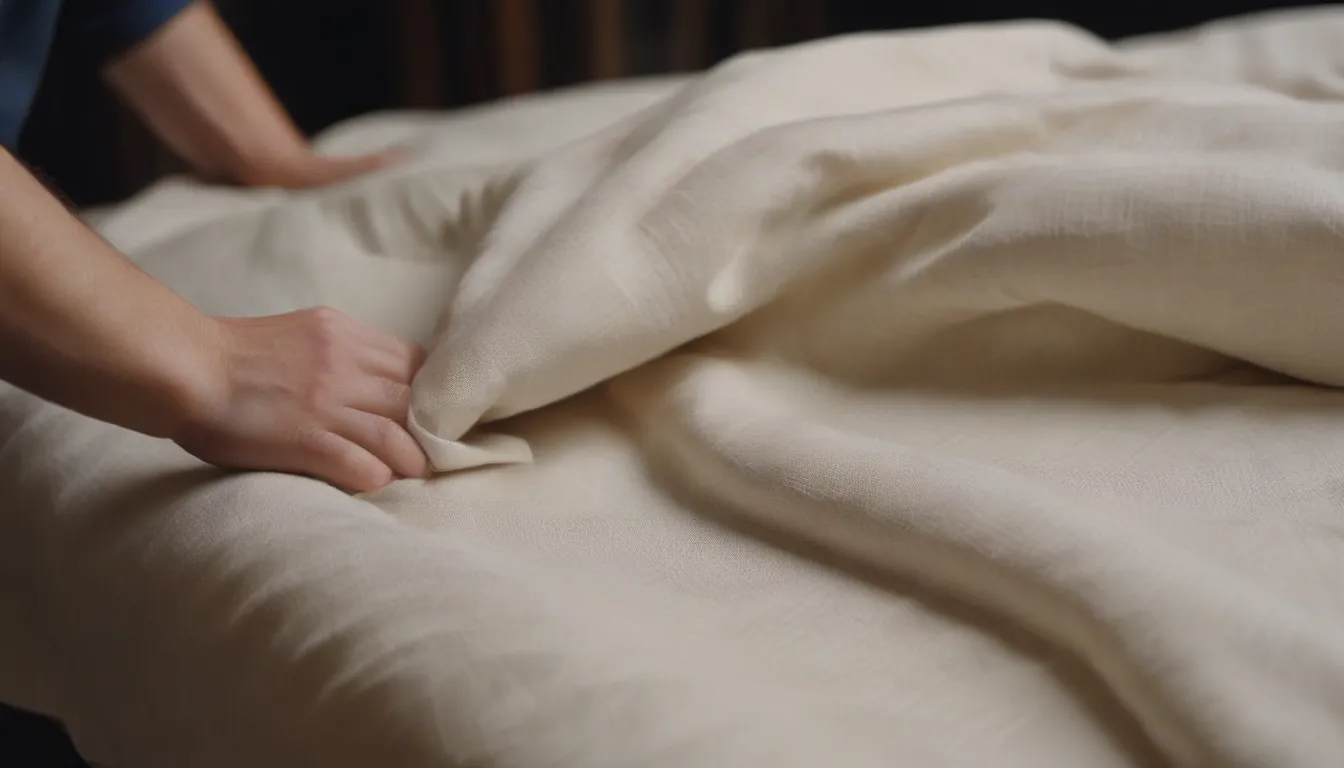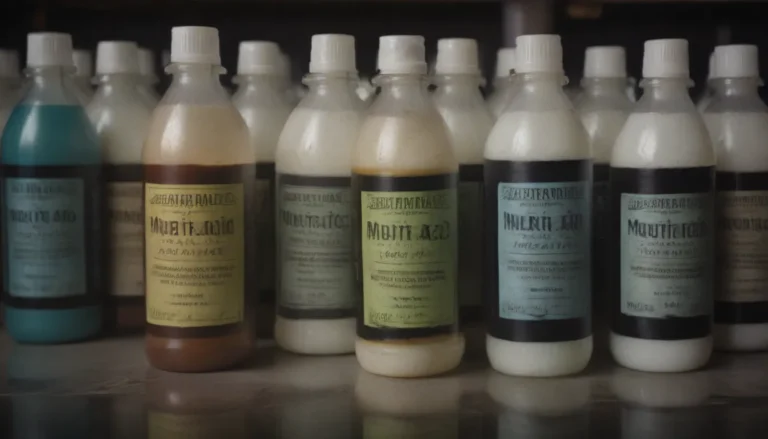The Ultimate Guide to Removing Stains from Linen

Linen fabrics have a unique charm that evokes images of breezy summer days and elegant simplicity. From linen clothes to bedding, this natural fiber is not only breathable but also becomes softer and more comfortable with each wear. Just think of iconic movie characters like Katherine Hepburn in “The African Queen” or Meryl Streep in “Out of Africa” sporting elegant linen ensembles that exude timeless style.
Understanding Linen Fabric
Linen is a natural fiber derived from the flax plant’s stem, resulting in a durable and resilient fabric that is resistant to moths, bacteria, and perspiration. Unlike cotton, linen becomes weaker when wet and is more susceptible to abrasion, requiring gentle care when washing. While some structured linen garments may need professional dry cleaning, most linen clothes can be safely laundered with proper precautions.
How to Wash Linen Clothes
Here are some essential tips for washing linen clothes to ensure they stay looking vibrant and fresh:
– Always turn linen garments inside out before washing to prevent surface fibers from breaking.
– Hand-washing or using a gentle cycle on the washing machine with warm or cold water is ideal.
– Consider rinsing linen clothes in cold water to maintain their color and fabric integrity.
– For table linens that are prone to stains from food, special treatment may be required to maintain their pristine appearance.
Stain Removal Techniques
Dealing with stains on linen requires a delicate touch to prevent damage to the fabric. Here are some tips for effective stain removal:
– Treat stains before washing, following specific recommendations for different types of stains.
– Be cautious when using stain removal products on dyed linen, as some colors may not be stable and can be affected by chemicals.
– Avoid using undiluted bleach directly on linen, as it can weaken fibers and cause damage. Test on a small, inconspicuous area before treating stains.
Drying and Ironing Linen
Properly drying and ironing linen garments can help maintain their quality and appearance over time. Here are some guidelines to follow:
– Air-drying or using a dryer on medium heat is recommended for linen garments.
– Remove clothes from the dryer while slightly damp to avoid set-in wrinkles.
– For those who prefer a slightly rumpled look, embracing the natural texture of linen without ironing is an option.
– When ironing linen, use a slightly damp garment and adjust the iron temperature to prevent scorching or damage to the fibers.
The Rich History of Linen
Linen has a fascinating history that dates back centuries and spans across different cultures and civilizations. From its origins in the Mediterranean and Central Asia to its widespread use in ancient Egypt and Rome, linen has played a significant role in the development of textiles and clothing.
- Early cloth makers discovered the process of extracting linen fibers from flax plants by soaking them in water to reveal the inner soft fibers suitable for weaving.
- Egyptian mummies were famously wrapped in fine linen fabric, showcasing its importance and significance in ancient cultures.
- The Romans introduced vibrant colored linen fabrics to Europe, spreading its popularity and demand across the continent.
- The establishment of the Irish linen industry in the 17th century marked a significant milestone in linen production, diversifying the fabric’s uses and appeal.
- Linen production was prominent in America until the rise of cotton in the mid-1800s, leading to a decline in linen production in the United States.
Today, linen remains a sought-after fabric known for its quality and timeless appeal. While commercial linen production is limited in the US, imported linen fabrics from countries like Belgium continue to be highly regarded for their superior quality and craftsmanship.
In conclusion, caring for linen garments involves a combination of gentle washing techniques, effective stain removal methods, and proper drying and ironing practices. By following these guidelines and understanding the rich history and attributes of linen fabric, you can ensure that your linen clothes and linens remain in pristine condition for years to come.





